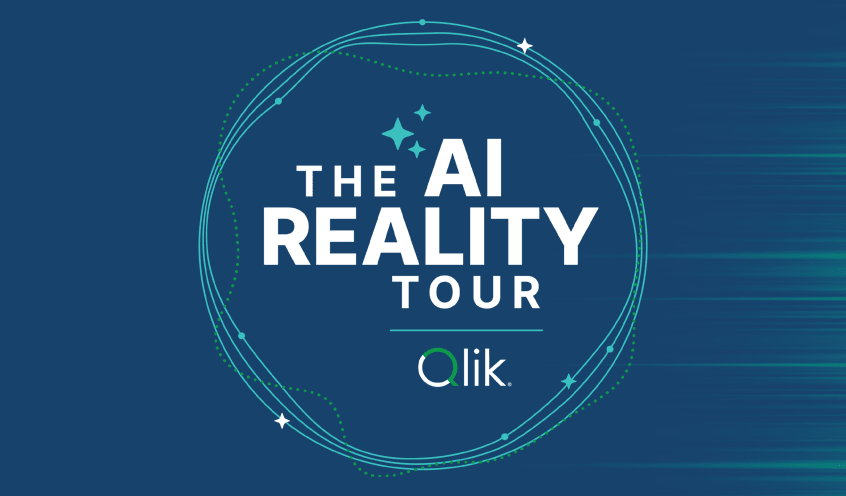Many times, a business treats an engaged customer like a random prospect. Marketing systems may not correctly target with relevance, finance systems may apply discount rules across the board, or customer support systems may treat every client with the same indifference.
The core reason behind this problem is that the data that offers unique insights, which is consolidated in the warehouse, are seldom fed back to the source applications – especially to the applications that govern customer interactions.
Enter Reverse ETL
The process of moving an aggregated or calculated LTV score from the data warehouse into frontline applications is Reverse ETL.
Reverse ETL copies consolidated or predicted KPI data like LTV from your data warehouse into your frontline applications, which can drive optimized business processes that result in better outcomes.
When metrics are pushed from the data warehouse to productivity apps with Reverse ETL, line-of-business teams don’t have to toggle into the analytics app to access it.
Enabling Reverse ETL builds these workflows, sending data from the warehouse and lakes into business applications. Teams can immediately use the derived data points or predictions to take actions that promote loyalty, increase satisfaction, and boost revenue.
Here's an example that leverages Qlik Application Automation for the workflow. In this flow, customer data from Salesforce is synced to Snowflake and AWS using Qlik Replicate. Qlik Sense is then used to prepare data for a staging area and then loads that data to Qlik AutoML for training and predictions. Then a reverse flow enriches customer data in Snowflake with churn risk probability and key churn drivers are predicted using Qlik AutoML’s pre-trained churn model.

Qlik Application Automation can read the prediction and write back that data to Snowflake, from Snowflake to Salesforce and other SaaS applications such as Marketo. Qlik Application Automation orchestrates the flow and can be triggered or scaled according to needs.
And with Qlik Application Automation's rich AWS support, it’s as simple as validating the AWS credentials, dragging the appropriate blocks onto the canvas, and executing the automation to dozens of SaaS applications. Additionally, it can trigger actions in the moment. For example, we can directly assign specific accounts that need immediate attention to a dedicated marketing campaign in tools such as Marketo or MailChimp.
Reverse ETL made easy - Qlik Application Automation
Qlik Application Automation’s powerful features – including a visual designer, ubiquitous SaaS application connectivity, and Qlik Cloud integration – make designing Reverse ETL workflows extremely easy.
With a no-code interface, broad SaaS connectivity, native Qlik Cloud Integration, and centralized management, Qlik Application Automation makes getting data out of your warehouse and into your workflows easy. And Qlik Application Automation is only one component of the Qlik Cloud Platform.
Ready to see what Reverse ETL and Qlik Application Automation can do for your business – Learn more or request a demo here.
Reverse ETL Makes All Your Applications and Customer Interactions More Powerful.
In this article:
Data Integration













































